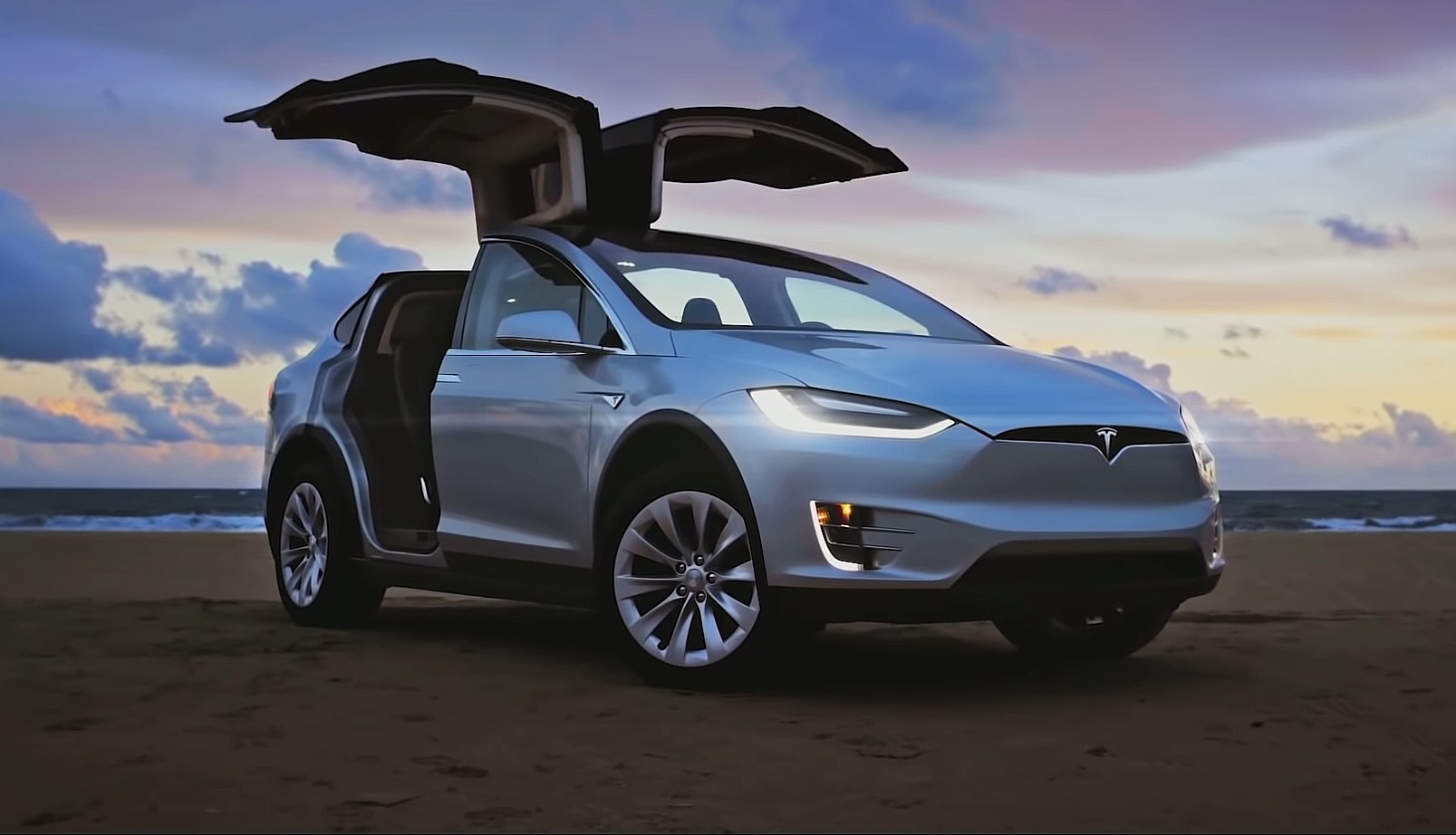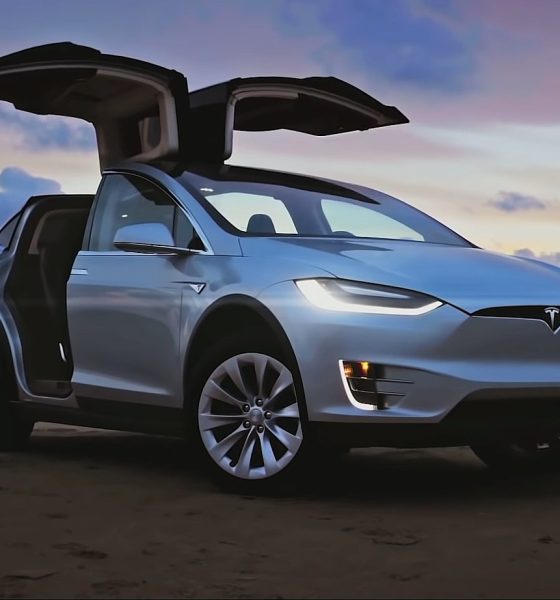

News
Tesla Model S and Model X snubbed in favor of diesel cars by Australian officials
Tesla vehicles were snubbed in favor of diesel cars by the Australian federal government’s COMCAR fleet earlier this week. The government agency has decided to opt for BMW’s powered by diesel fuel and Toyota Camry Hybrids.
The decision came from the Department of Finance, who initially had plans to include two separate models of Tesla vehicles in its fleet used to carry politicians, senior bureaucrats, and senior judges around Australian cities.
In the past, the fleet has been comprised of Australian-made Holden Caprice sedans. A decline in Holden’s production and manufacturing in Australia was the main influence behind the decision to seek out new vehicles from international manufacturers. Kia, BMW, Nissan, Hyundai, Mercedes, and Toyota were all among the potential candidates, according to The Driven.
The Tesla Model S and Model X were the two potential vehicles considered to comprise the new array of vehicles but ultimately did not make the final shortlist of the seven vehicles that were selected. The Model 3 was not considered as it was not yet available in the country when new vehicles were being tested.
The reasoning for not including sustainable electric vehicles in the fleet had to do with purpose due to available space for cargo. “COMCAR undertook a preliminary assessment of a wide range of vehicles, including a number of all-electric vehicles, which were not considered fit-for-purpose for COMCAR’s operations, due to their size and capacity,” a spokesperson said for the department said.
Interestingly enough, the Model X offers more cargo space than both the BMW 6 Series GT sedan and Toyota Camry Hybrid vehicles that the department chose to purchase. The Model X has a best-in-class 88 cubic feet of space, while the BMW and Toyota have 65 cubic feet and 15.1 cubic feet, respectively. While the Model S does not offer as much cargo room as the BMW, it does offer more than the Toyota with 28 cubic feet of space.
Price also seemed to be a factor in what vehicles were ultimately purchased. Both the Tesla Model S ($115,600) and Model X ($122,812) would have cost the Australian government back over $100,000 per vehicle. However, the 6 Series GT sedan from BMW also eclipses the six-figure mark at $102,900, making it ironic that they had chosen a diesel-powered vehicle over the electric options from Tesla that ultimately would have saved the government money through low operating costs.
Tesla has had a considerable presence in Australia as its Model 3 is the most popular electric car in the country. The government’s decision could have been because of the initial financial cost, but over time the Tesla vehicles would have been cheaper due to significantly less routine maintenance compared to gas and diesel-powered cars. Hopefully, Australia’s Department of Finance will reconsider when they update the fleet again in a few years and make a decision that will benefit both the environment and their pockets in the long run.

News
Tesla FSD fleet is nearing 7 billion total miles, including 2.5 billion city miles
As can be seen on Tesla’s official FSD webpage, vehicles equipped with the system have now navigated over 6.99 billion miles.

Tesla’s Full Self-Driving (Supervised) fleet is closing in on almost 7 billion total miles driven, as per data posted by the company on its official FSD webpage.
These figures hint at the massive scale of data fueling Tesla’s rapid FSD improvements, which have been quite notable as of late.
FSD mileage milestones
As can be seen on Tesla’s official FSD webpage, vehicles equipped with the system have now navigated over 6.99 billion miles. Tesla owner and avid FSD tester Whole Mars Catalog also shared a screenshot indicating that from the nearly 7 billion miles traveled by the FSD fleet, more than 2.5 billion miles were driven inside cities.
City miles are particularly valuable for complex urban scenarios like unprotected turns, pedestrian interactions, and traffic lights. This is also the difference-maker for FSD, as only complex solutions, such as Waymo’s self-driving taxis, operate similarly on inner-city streets. And even then, incidents such as the San Francisco blackouts have proven challenging for sensor-rich vehicles like Waymos.
Tesla’s data edge
Tesla has a number of advantages in the autonomous vehicle sector, one of which is the size of its fleet and the number of vehicles training FSD on real-world roads. Tesla’s nearly 7 billion FSD miles then allow the company to roll out updates that make its vehicles behave like they are being driven by experienced drivers, even if they are operating on their own.
So notable are Tesla’s improvements to FSD that NVIDIA Director of Robotics Jim Fan, after experiencing FSD v14, noted that the system is the first AI that passes what he described as a “Physical Turing Test.”
“Despite knowing exactly how robot learning works, I still find it magical watching the steering wheel turn by itself. First it feels surreal, next it becomes routine. Then, like the smartphone, taking it away actively hurts. This is how humanity gets rewired and glued to god-like technologies,” Fan wrote in a post on X.
News
Tesla starts showing how FSD will change lives in Europe
Local officials tested the system on narrow country roads and were impressed by FSD’s smooth, human-like driving, with some calling the service a game-changer for everyday life in areas that are far from urban centers.

Tesla has launched Europe’s first public shuttle service using Full Self-Driving (Supervised) in the rural Eifelkreis Bitburg-Prüm region of Germany, demonstrating how the technology can restore independence and mobility for people who struggle with limited transport options.
Local officials tested the system on narrow country roads and were impressed by FSD’s smooth, human-like driving, with some calling the service a game-changer for everyday life in areas that are far from urban centers.
Officials see real impact on rural residents
Arzfeld Mayor Johannes Kuhl and District Administrator Andreas Kruppert personally tested the Tesla shuttle service. This allowed them to see just how well FSD navigated winding lanes and rural roads confidently. Kruppert said, “Autonomous driving sounds like science fiction to many, but we simply see here that it works totally well in rural regions too.” Kuhl, for his part, also noted that FSD “feels like a very experienced driver.”
The pilot complements the area’s “Citizen Bus” program, which provides on-demand rides for elderly residents who can no longer drive themselves. Tesla Europe shared a video of a demonstration of the service, highlighting how FSD gives people their freedom back, even in places where public transport is not as prevalent.
What the Ministry for Economic Affairs and Transport says
Rhineland-Palatinate’s Minister Daniela Schmitt supported the project, praising the collaboration that made this “first of its kind in Europe” possible. As per the ministry, the rural rollout for the service shows FSD’s potential beyond major cities, and it delivers tangible benefits like grocery runs, doctor visits, and social connections for isolated residents.
“Reliable and flexible mobility is especially vital in rural areas. With the launch of a shuttle service using self-driving vehicles (FSD supervised) by Tesla in the Eifelkreis Bitburg-Prüm, an innovative pilot project is now getting underway that complements local community bus services. It is the first project of its kind in Europe.
“The result is a real gain for rural mobility: greater accessibility, more flexibility and tangible benefits for everyday life. A strong signal for innovation, cooperation and future-oriented mobility beyond urban centers,” the ministry wrote in a LinkedIn post.
News
Tesla China quietly posts Robotaxi-related job listing
Tesla China is currently seeking a Low Voltage Electrical Engineer to work on circuit board design for the company’s autonomous vehicles.

Tesla has posted a new job listing in Shanghai explicitly tied to its Robotaxi program, fueling speculation that the company is preparing to launch its dedicated autonomous ride-hailing service in China.
As noted in the listing, Tesla China is currently seeking a Low Voltage Electrical Engineer to work on circuit board design for the company’s autonomous vehicles.
Robotaxi-specific role
The listing, which was shared on social media platform X by industry watcher @tslaming, suggested that Tesla China is looking to fill the role urgently. The job listing itself specifically mentions that the person hired for the role will be working on the Low Voltage Hardware team, which would design the circuit boards that would serve as the nervous system of the Robotaxi.
Key tasks for the role, as indicated in the job listing, include collaboration with PCB layout, firmware, mechanical, program management, and validation teams, among other responsibilities. The role is based in Shanghai.
China Robotaxi launch
China represents a massive potential market for robotaxis, with its dense urban centers and supportive policies in select cities. Tesla has limited permission to roll out FSD in the country, though despite this, its vehicles have been hailed as among the best in the market when it comes to autonomous features. So far, at least, it appears that China supports Tesla’s FSD and Robotaxi rollout.
This was hinted at in November, when Tesla brought the Cybercab to the 8th China International Import Expo (CIIE) in Shanghai, marking the first time that the autonomous two-seater was brought to the Asia-Pacific region. The vehicle, despite not having a release date in China, received a significant amount of interest among the event’s attendees.








